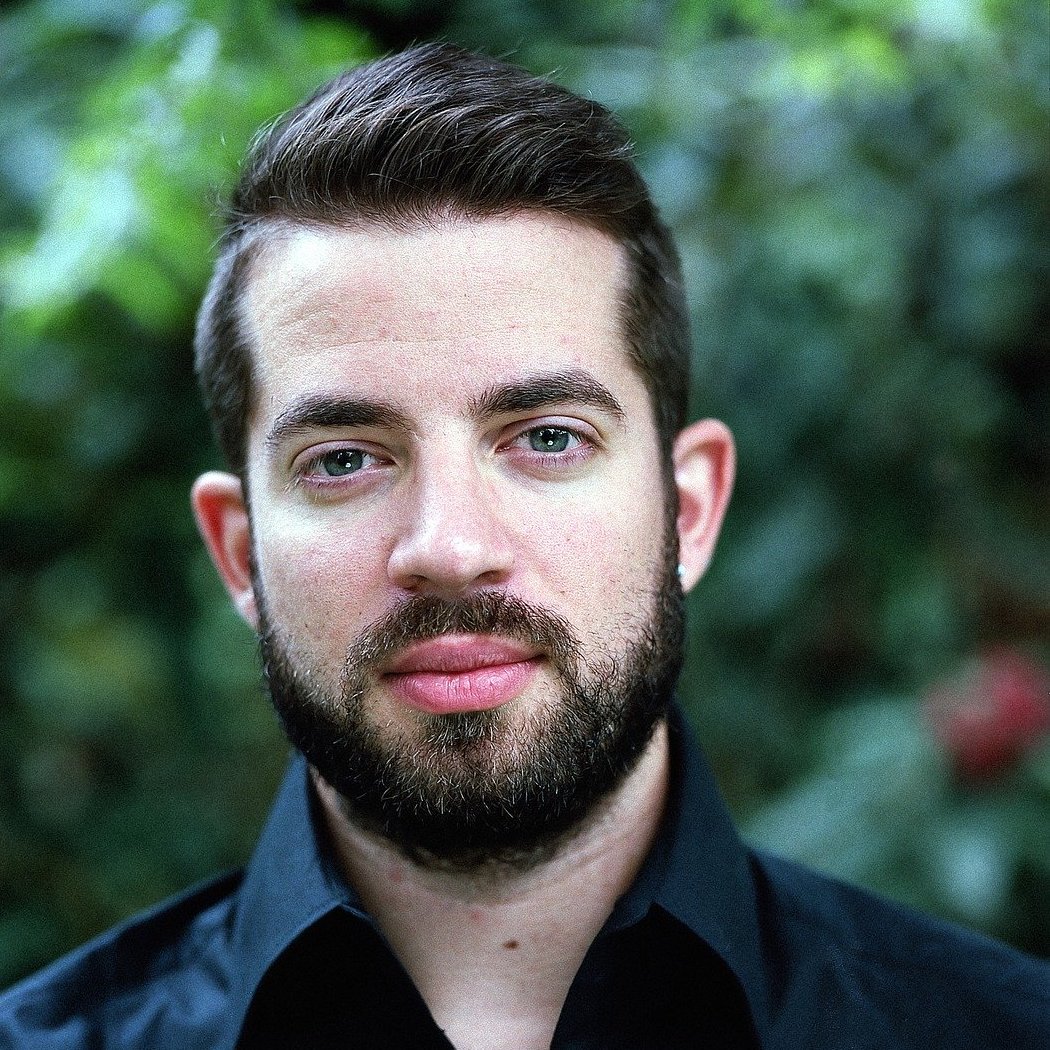The Great Conversation:
Love—Part II

By Matt McKeown
Friendship is a neglected subject in our day, in strange contrast to earlier centuries.
Go here for Part I, “affection” (στοργή [storgē]).
Friendship, or φιλία [philia] in Greek, is a somewhat difficult topic to discuss in contemporary society. To the ancients and their Medieval heirs, friendship was the very school of the virtues and almost the point of life; Aristotle says bluntly that no one, even if he were otherwise successful, would want to live if he had no friends. Much of our earliest literature is about friendship, and sworn or “wedded” friendships were a common feature of many societies throughout history. Such friendships were often treated as establishing familial bonds, nearly as much as marriage itself did: a common vow in sworn friendships was to care for one another’s children in the event of an untimely death, and standing as godparents for each other’s children was also common.
Our own society’s lack of emphasis on friendship has been noteworthy, and noted, since the early twentieth century. C. S. Lewis talks about it a good deal in his chapter on friendship in The Four Loves. The cause of this neglect is not entirely clear. To some extent, it seems to have been a victim of a significant increase in attention to romantic love; the nineteenth and twentieth centuries saw a vast increase in the “sentimental novel” and its successors, from Pride and Prejudice to Fiddler on the Roof. There does also seem to have been something of a revival of friendship in recent decades; the success of The Lord of the Rings and the Harry Potter books and films, both franchises which include romantic side-plots but very much place friendship at the center, may be significant here.
A faithful friend is a strong defense: and he that hath found such an one hath found a treasure. Nothing doth countervail a faithful friend, and his excellency is invaluable.
Ecclesiasticus 6.14-15
But what is friendship? Returning to Lewis, in The Four Loves he defines it as a bond of love formed by common devotion to a shared interest—from something profound like a religious commitment to something quite trivial like a taste for stamp collecting. Regardless of what the shared devotion might be, the salient characteristic of friendship is that, unlike the other loves, in which the lovers typically focus on one another (romantic lovers gazing into each others eyes, a mother looking at her infant), the eyes of friends look away from each other at the interest they share. Lewis offers us an example in his memoir Surprised by Joy:
I found Arthur sitting up in bed. On the table beside him lay a copy of Myths of the Norsemen.
“Do you like that?” said I.
“Do you like that?” said he.
Next moment the book was in our hands, our heads were bent close together, we were pointing, quoting, talking—soon almost shouting—discovering in a torrent of questions that we liked not only the same thing, but the same parts of it and in the same way … as great a wonder (pace the novelists) as first love, or even greater. … Nothing, I suspect is more astonishing in any man’s life than the discovery that there do exist people very, very like himself.
In this way, friendship reveals itself as perhaps the most robustly human and personal of loves. We share the instincts of seeking a mate and nesting with our young with the animal kingdom; there are so to speak, instinctive elements in these loves. Obviously that doesn’t mean we enjoy them any less, but it does mean they don’t “scratch the same itch” that friendship does: the feeling of having a common cause is something that lies in the more specifically rational sphere.
Suggested reading:
The Epic of Gilgamesh
Aristotle, Nichomachean Ethics Books VIII-IX
Christine de Pizan, The Book of the City of Ladies
Victor Hugo, Les Misérables
Charles Williams, All Hallows’ Eve
Alan Bray, The Friend
__________________________________________________________________________________
If you enjoyed this post, be sure to take a listen to our podcast, Anchored, hosted by our founder Jeremy Tate.